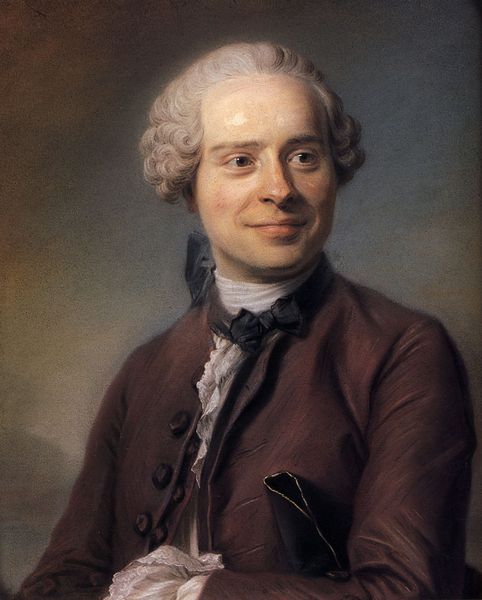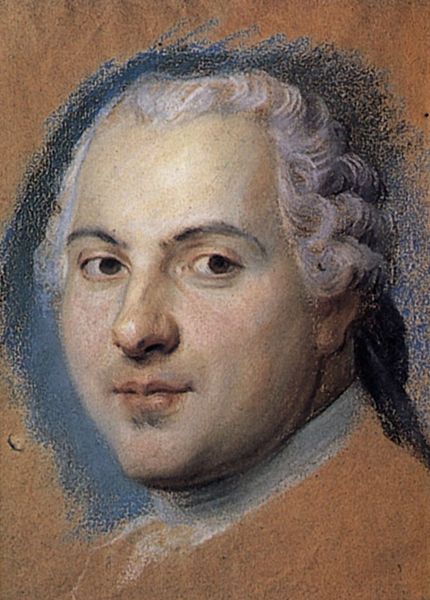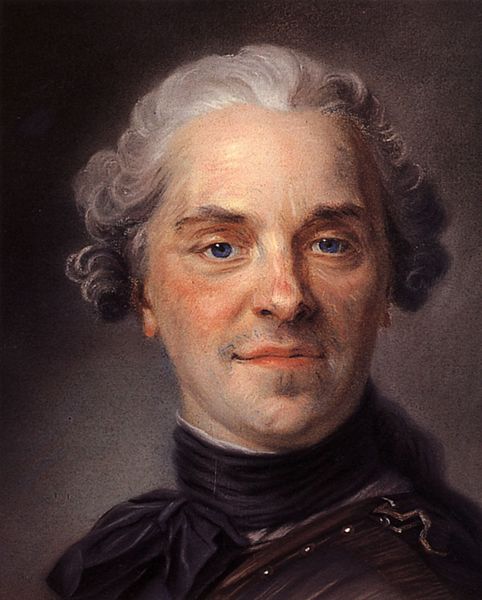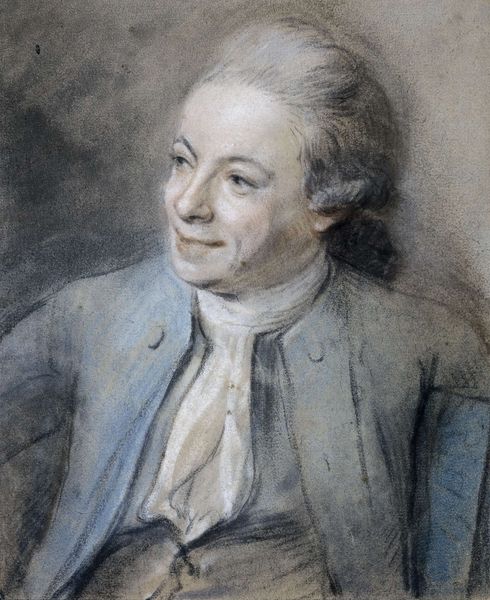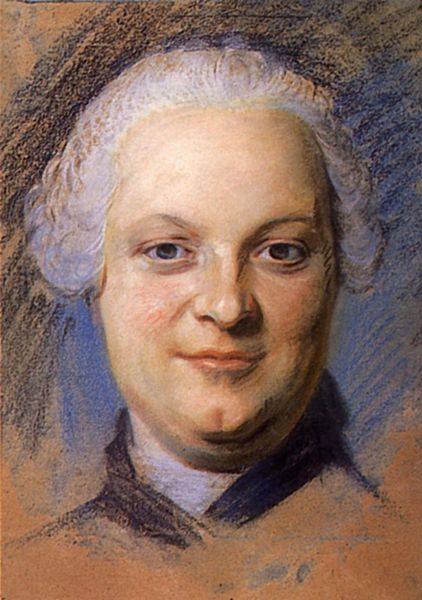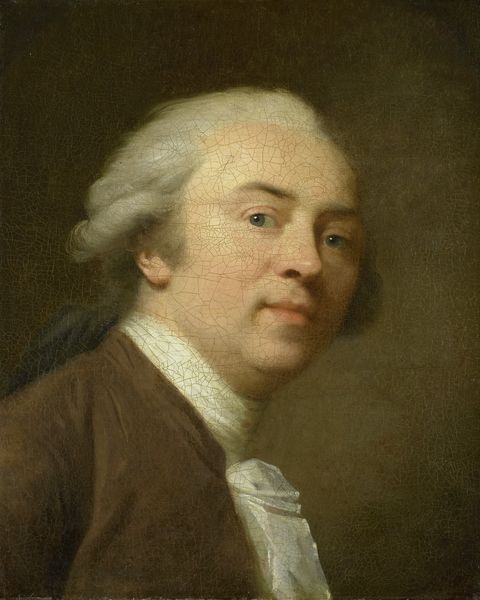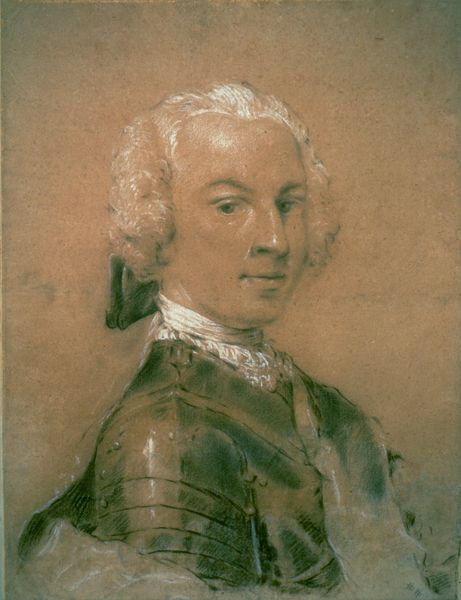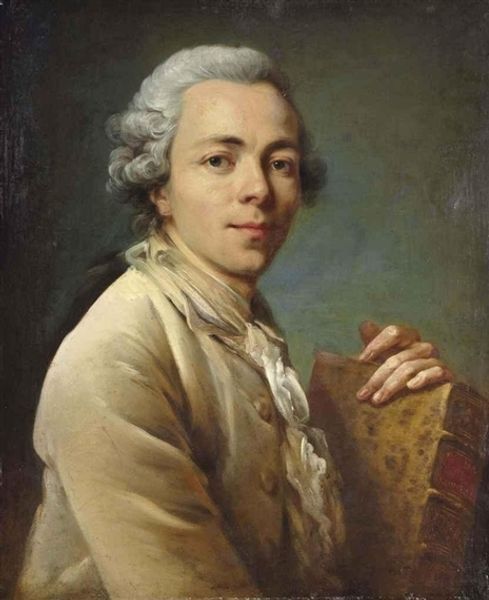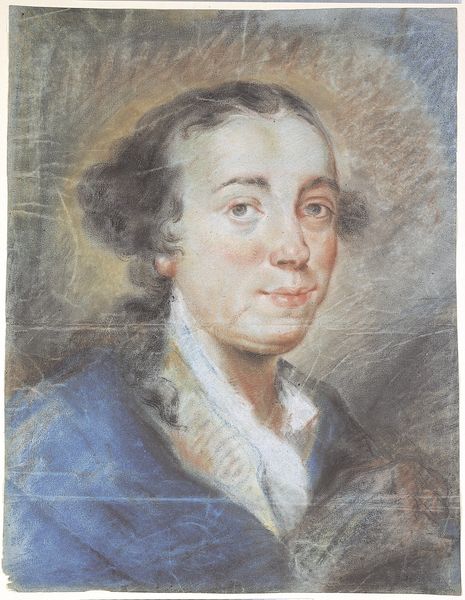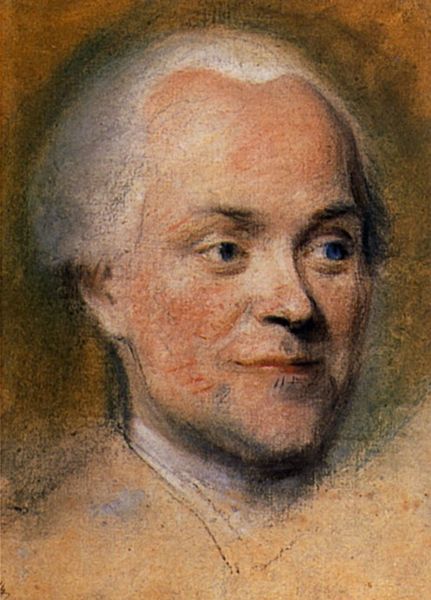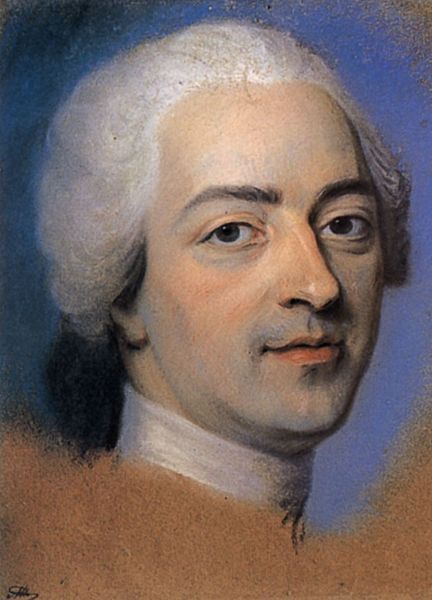
pastel
#
portrait
#
pastel
#
history-painting
#
rococo
Dimensions: 21 x 32 cm
Copyright: Public domain
Curator: We’re looking at Maurice Quentin de La Tour's "Portrait of Jean Le Rond d'Alembert" from 1753. Editor: What immediately strikes me is the sitter’s expression, there’s a softness to his face. The medium, pastel, really lends itself to capturing that. Curator: Absolutely, and it is important to remember the socio-political context; La Tour was painting a prominent figure of the Enlightenment. D'Alembert was a leading mathematician, philosopher, and encyclopedist. Editor: The Rococo style, though, seems to pull against that weightiness a bit. The execution, with its delicate strokes and light palette, conveys a certain aristocratic air despite D’Alembert’s intellectual stature. The composition, the interplay of light and shadow on his face, the use of pastel to create a sense of depth and volume - it's masterful. Curator: Consider though that, during the Enlightenment, figures like D'Alembert challenged traditional power structures through reason and knowledge. La Tour was deeply engaged in capturing these revolutionaries. This portrait isn’t simply about aesthetic appeal; it represents intellectual authority in a changing world. Think about the debates happening around that encyclopedia… the role of science in disrupting the old orders… Editor: But doesn’t the very materiality also speak? Pastel, by its nature, creates a sense of ephemeral beauty. And isn't there something symbolic there, the quick fleeting life of the aristocrat, so soon to be changed and challenged as you say, perhaps mirrored in the work? Curator: It is compelling how you describe that material "quickness" – reflecting the intellectual ferment of the time as well, not just the social anxieties around it. That sense of everything being on the cusp. Editor: Seeing how those pastels so expertly suggest form—there is an undercurrent of both immediacy and timelessness that now fascinates me here. Curator: And for me, recognizing d'Alembert’s importance highlights the painting’s enduring cultural resonance, linking past artistic achievements to present-day struggles for intellectual freedom and progress.
Comments
No comments
Be the first to comment and join the conversation on the ultimate creative platform.
